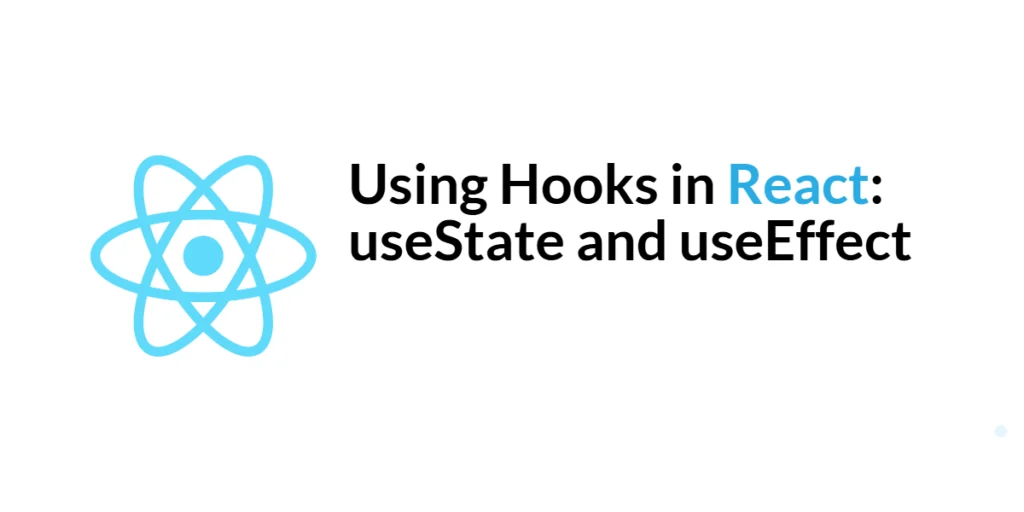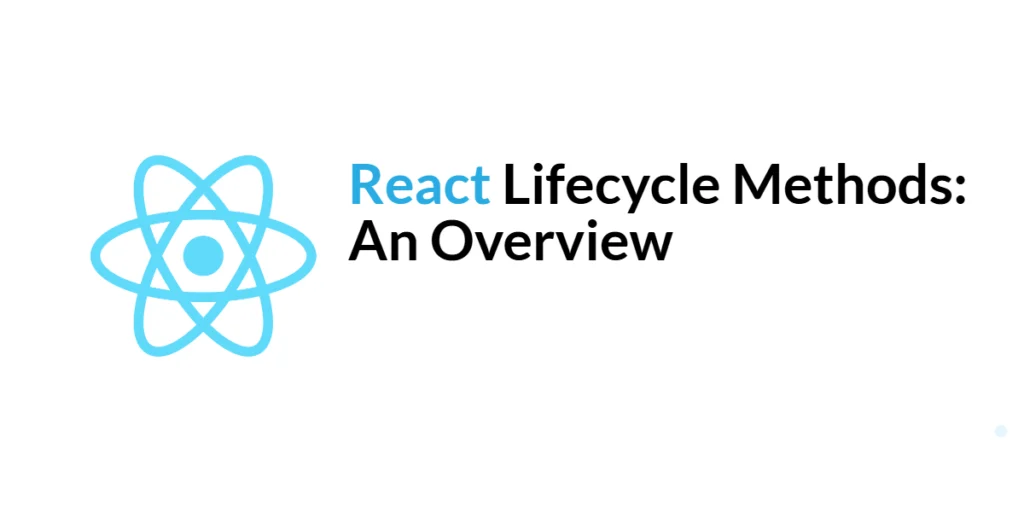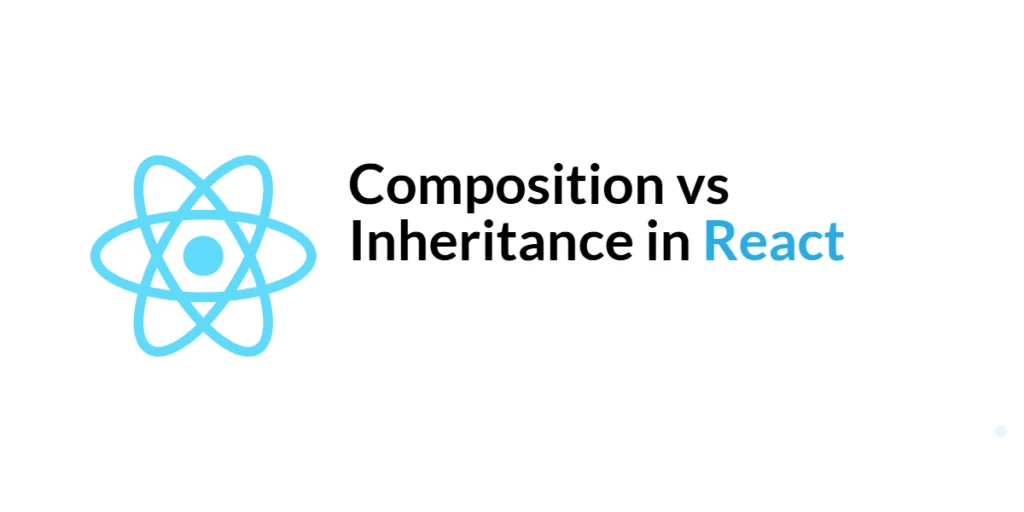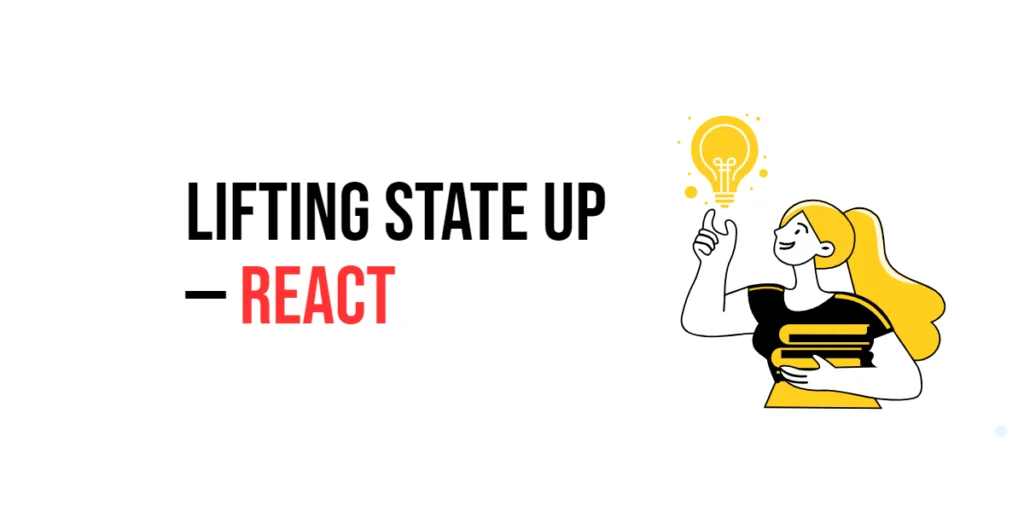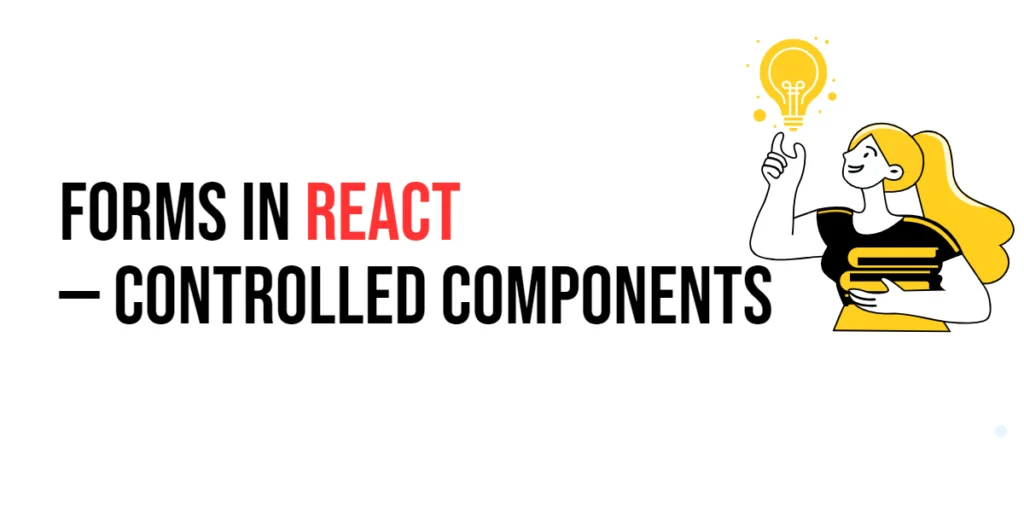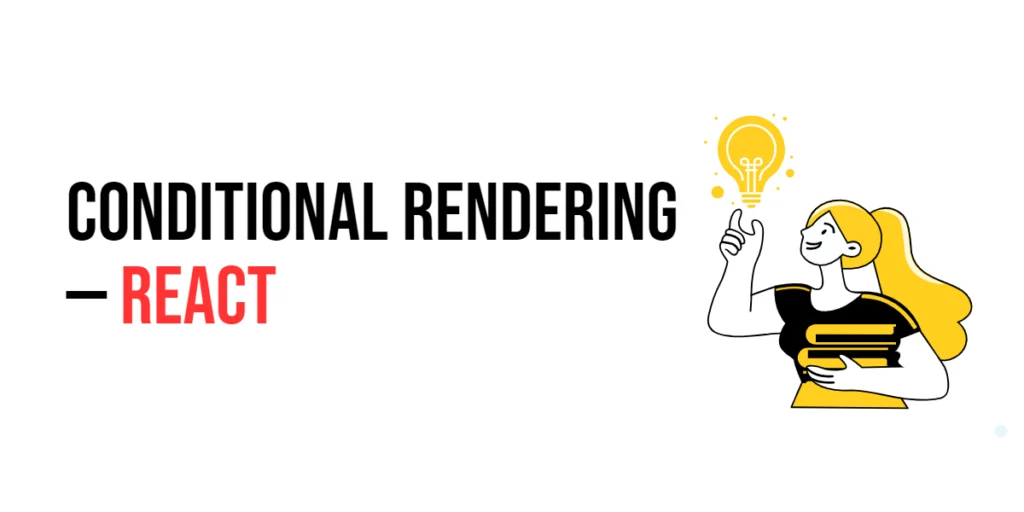Custom Hooks in React
React Hooks have transformed how we manage state and side effects in functional components. They provide a way to reuse stateful logic across different components without relying on class components. One of the most powerful features introduced with Hooks is the ability to create custom Hooks. Custom Hooks allow you to encapsulate and reuse logic […]
Custom Hooks in React Read More »

